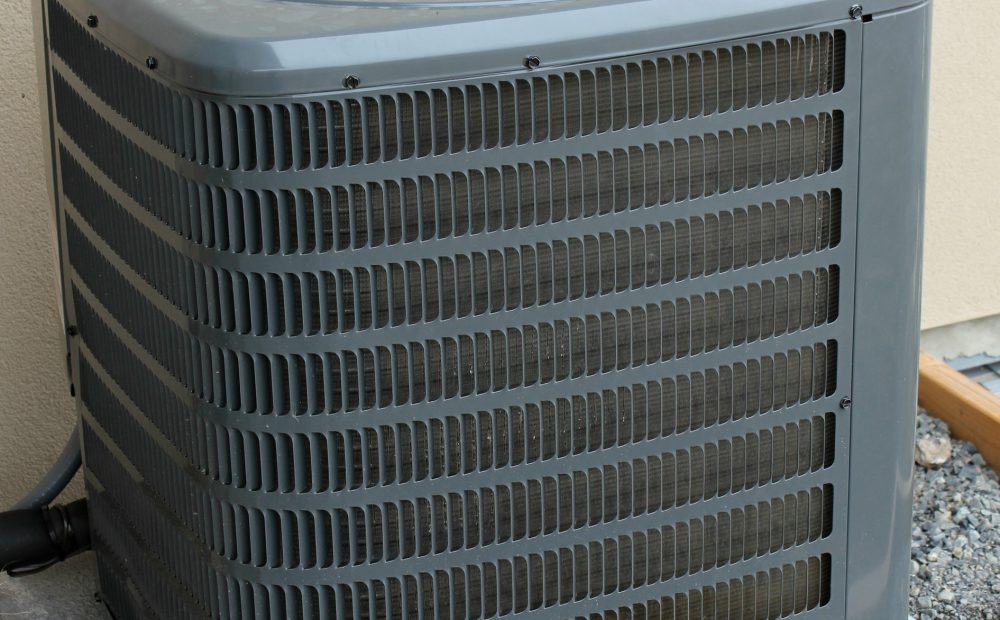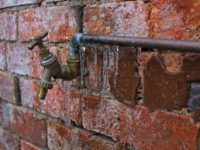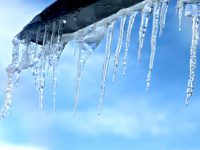If there’s a system in your home that’s as fragile as your snowflake heart, it’s your HVAC equipment. In this post, we’ll look at what you must do to keep your system running problem-free this winter.
Start With the Filters
Your HVAC filters are your home’s first line of defense against air contaminants. But how do you choose the right type for your system? You can follow the manufacturer’s recommendations, but what if your unit is several years old and information is hard to find? (Don’t just guess, you idiot. You’re not Bob Villa. In fact, you’re not even Bob the Builder!) In that case, you’ll need to know a little bit about each filter type. Here are the basics:
- Fiberglass filters are cheap and easy to find at most mass merchandisers. However, what they offer in terms of cost they lack in terms of durability and quality. It’s best to avoid these filters altogether.
- Pleated filters are a good choice for many systems. They’re efficient and long-lasting. However, they can cost four times as much as fiberglass versions.
- Washable filters trade a little bit of work for the cost advantage of never having to buy replacements. Make sure they’re bone dry after washing. Otherwise mold may grow in the material.
- Electrostatic filters might sound complex, but they rely on a simple scientific principle: opposites attract. In this case, the filter membrane has the opposing charge as the dirt particles it captures. This makes electrostatic filters very efficient, if (and this is a big “if”) you clean them on a regular basis. Failing to do so will make the product all but useless.
In the end, the type of filter you use is less crucial than how you treat it. Follow the guidelines for cleaning and replacement and you’ll enjoy lower utility bills and a higher level of comfort.
Stop Trouble Before It Starts
Checking your outdoor HVAC unit every time the seasons change can prevent minor issues from becoming major problems. Here are some basic inspection steps any homeowner can complete (yeah, even you!):
- Check the wires running to and from the unit for corrosion, missing insulation, and other warning signs.
- Inspect compressor tubing for leaks, rust spots, and other issues.
- Listen to your unit as it runs, with an ear to hearing any clunking, grinding, screeching, or other sounds that may indicate trouble.
- Check the interior and exterior for dirt, dust, leaves, and other debris. Clean as needed.
- Open the unit housing (if you’re comfortable doing so) and check the drain pan. Also check the drainage tubes for blockages or other problems.
- Police the area within 5-6 feet of the unit and remove litter, leaves, or anything that may find its way into the mechanism.
Following these tips will safeguard your home and its HVAC system from the season’s chilling embrace, protecting you and your loved ones against whatever hazards winter may bring your way.








